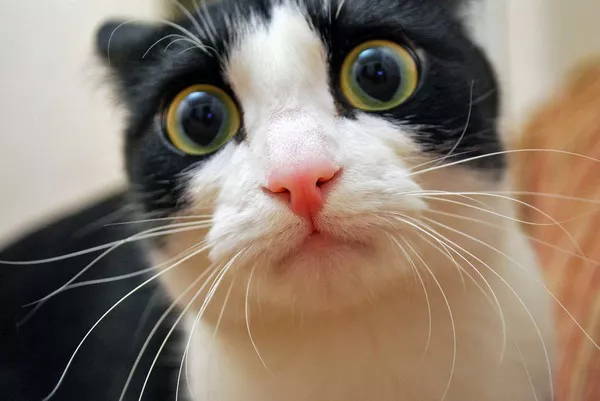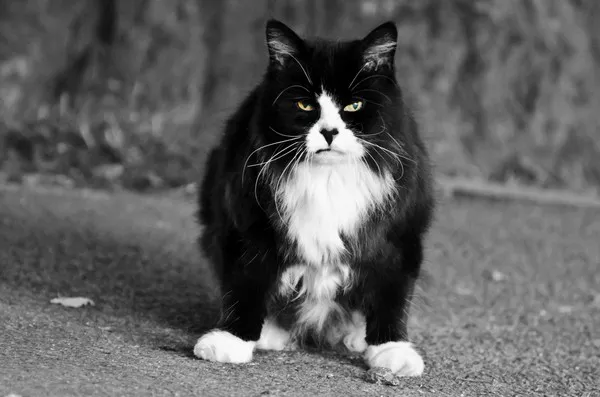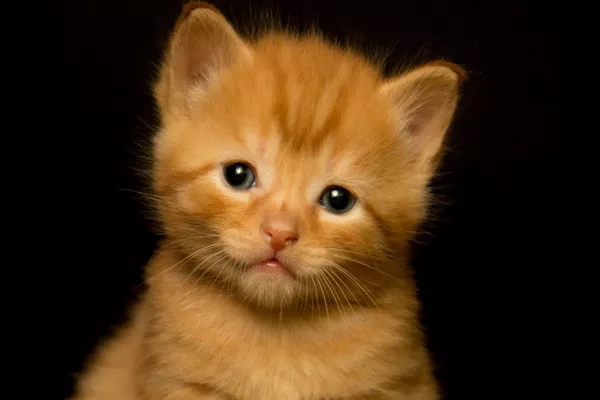The Japanese Bobtail cat, known for its distinctive short tail and playful demeanor, has captivated cat lovers around the world. While it holds a special place in Japanese culture and history, many potential owners wonder about the breed’s rarity outside its native land. In this essay, we will explore the factors that contribute to the Japanese Bobtail’s status, its historical context, cultural significance, and its current presence in the global cat community. By examining these aspects, we can better understand whether the Japanese Bobtail cat is indeed rare and what that means for potential owners and enthusiasts.
Historical Background of the Japanese Bobtail
Origins of the Breed
The Japanese Bobtail is one of the oldest cat breeds, with a history that dates back over a thousand years. It is believed that the breed originated in Japan, where it was valued for its hunting abilities and companionship. Early records suggest that cats resembling the Japanese Bobtail existed during the Heian period (794-1185), a time when they were depicted in art and literature.
Cats were brought to Japan by traders and travelers from China and Southeast Asia. These early felines interbred with native Japanese cats, leading to the development of the Japanese Bobtail’s unique characteristics. The breed’s short tail is a result of a natural genetic mutation, which has been preserved through selective breeding practices.
Cultural Significance
In Japan, the Japanese Bobtail is more than just a beloved pet; it is a cultural symbol. The breed is often associated with good fortune and prosperity, particularly through its connection to the Maneki-neko or beckoning cat. This iconic figure, often depicted with a raised paw, is believed to attract good luck and is commonly found in homes and businesses throughout Japan.
The Japanese Bobtail has also been featured in various forms of art, including traditional paintings, ceramics, and modern media. Its representation in folklore and mythology further solidifies its cultural significance, making the breed a cherished part of Japanese heritage.
Factors Contributing to Rarity
Geographic Distribution
One of the primary factors influencing the perceived rarity of the Japanese Bobtail is its geographic distribution. While the breed is well-known and loved in Japan, its presence outside of Asia is limited. Although it has gained popularity in some Western countries, it is still considered a relatively uncommon breed in many regions.
In the United States, for example, the Japanese Bobtail is recognized by major cat registries such as The International Cat Association (TICA) and the Cat Fanciers’ Association (CFA). However, the number of registered Japanese Bobtails remains lower compared to more popular breeds like the Persian or Siamese. This limited registration reflects the breed’s relatively small population outside Japan.
Breeding Practices
The breeding practices surrounding the Japanese Bobtail also play a significant role in its rarity. Responsible breeding is essential to maintain the breed’s health and unique characteristics. However, the breed’s short tail and specific physical traits can make breeding more challenging than for other cat breeds.
Many breeders prioritize health and temperament over quantity, leading to a slower increase in the population of Japanese Bobtails. Additionally, the breed’s unique genetic makeup means that careful breeding is necessary to avoid health issues associated with inbreeding. This focus on responsible breeding can contribute to the overall rarity of the breed.
Cultural Perceptions
Cultural perceptions can also impact the rarity of the Japanese Bobtail. In Japan, the breed is celebrated and revered, leading to a higher demand for Japanese Bobtails as pets. However, outside of Japan, the breed may not be as well-known or understood, which can limit its popularity.
Many potential cat owners gravitate toward more familiar breeds, leading to a lower demand for Japanese Bobtails in certain regions. This lack of awareness can perpetuate the breed’s rarity, as fewer people seek out Japanese Bobtails as companions.
Current Status of the Japanese Bobtail
Global Popularity
While the Japanese Bobtail may be considered rare in some areas, it has gained a dedicated following among cat enthusiasts globally. The breed’s unique appearance, playful personality, and cultural significance have drawn interest from cat lovers who appreciate its distinct traits.
In recent years, the rise of social media and online communities has allowed cat enthusiasts to share their love for the Japanese Bobtail. Pictures, videos, and stories of these cats have helped raise awareness and appreciation for the breed, leading to an increase in interest among potential owners.
Adoption and Rescue Efforts
As the popularity of the Japanese Bobtail grows, so does the importance of responsible breeding and adoption practices. Potential owners are encouraged to adopt from reputable breeders or rescue organizations that prioritize the health and well-being of the cats. Responsible breeding practices help ensure that the breed remains healthy and free from genetic issues.
Rescue organizations dedicated to the Japanese Bobtail are also emerging in various countries. These organizations work to find homes for abandoned or neglected Japanese Bobtails, helping to increase the breed’s presence in the adoption community. This growing network of rescue efforts contributes to the breed’s visibility and accessibility for potential owners.
Health and Longevity of the Japanese Bobtail
Average Lifespan
The average lifespan of a Japanese Bobtail is typically between 12 to 15 years, although some individuals can live into their late teens or even early twenties with proper care. Understanding the health considerations associated with this breed is essential for potential owners.
Common Health Issues
While Japanese Bobtails are generally healthy cats, they can be prone to certain genetic health issues. Some common health concerns include:
Obesity: Like many domestic cat breeds, Japanese Bobtails can be prone to obesity if not properly managed. Maintaining a healthy weight is crucial for their overall health and longevity.
Dental Disease: Regular dental care is essential to prevent periodontal disease, which can affect cats of all breeds.
Kidney Disease: Older cats, including Japanese Bobtails, may be at risk for chronic kidney disease, which can significantly impact their quality of life.
Importance of Veterinary Care
Regular veterinary check-ups are essential for monitoring the health of Japanese Bobtails. Routine vaccinations, parasite control, and preventive care can help ensure a long and healthy life for these cats. Additionally, responsible breeding practices can help minimize the risk of genetic health issues within the breed.
Caring for a Japanese Bobtail
Nutrition
Proper nutrition is fundamental to the health and longevity of Japanese Bobtails. A balanced diet rich in high-quality protein, vitamins, and minerals supports their overall well-being. Owners should consult with their veterinarian to determine the best diet for their cat, taking into account its age, activity level, and specific health needs.
Exercise and Enrichment
Japanese Bobtails are active and playful cats that require regular exercise to maintain their health. Providing opportunities for play and mental stimulation is essential. Interactive toys, climbing structures, and daily play sessions can keep them engaged and physically fit.
Social Interaction
As highly social animals, Japanese Bobtails thrive on interaction with their human companions. Spending quality time with your cat, engaging in play, and providing companionship can enhance their well-being and strengthen your bond.
Conclusion
In conclusion, the Japanese Bobtail cat, while considered rare in certain regions, is a breed with a rich history and cultural significance. Its unique characteristics, playful personality, and connection to Japanese folklore make it a cherished companion for many. Understanding the factors contributing to the breed’s rarity, including geographic distribution, breeding practices, and cultural perceptions, allows potential owners to appreciate its value fully.
As interest in the Japanese Bobtail continues to grow, responsible breeding and adoption practices will play a crucial role in maintaining the breed’s health and well-being. By providing proper care, nutrition, and social interaction, owners can ensure that their Japanese Bobtail leads a long, healthy, and fulfilling life. Whether as a symbol of good fortune or a beloved family pet, the Japanese Bobtail will undoubtedly continue to capture the hearts of cat lovers for generations to come.
Related topic:

























